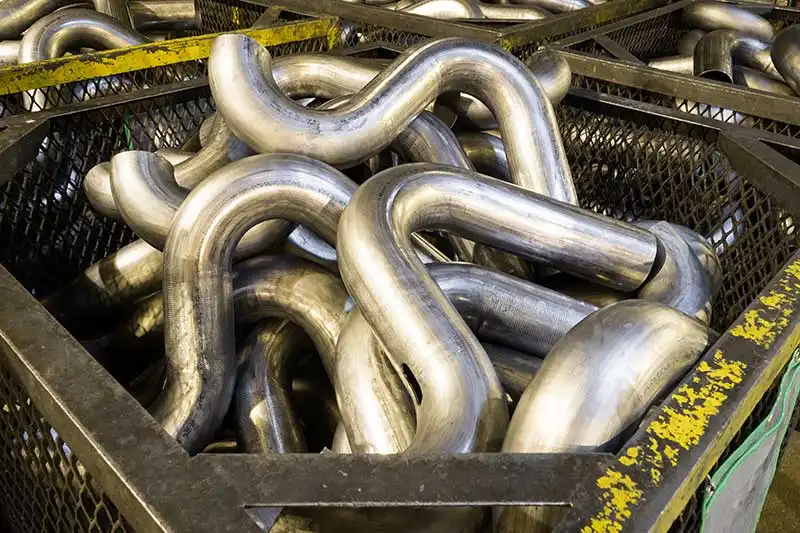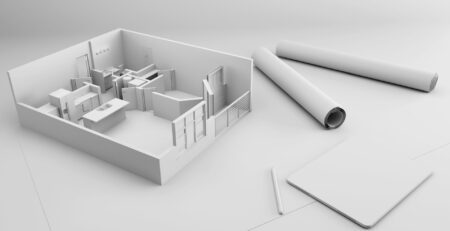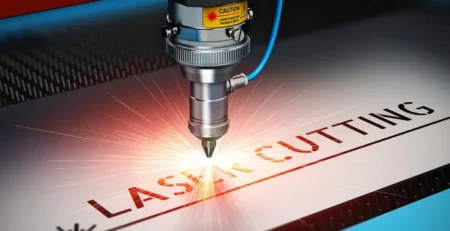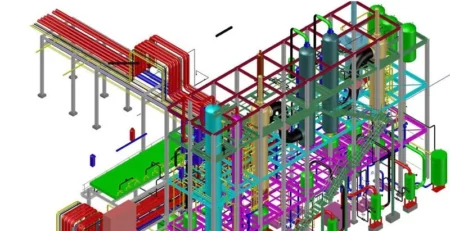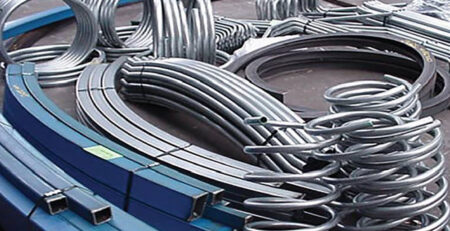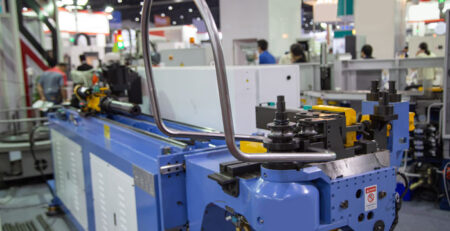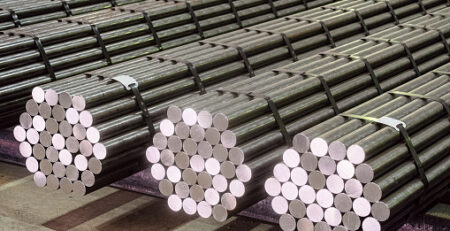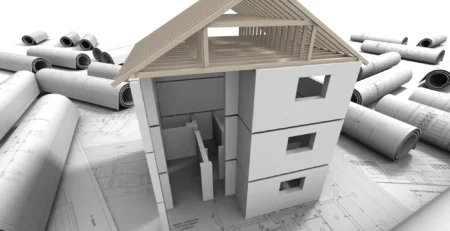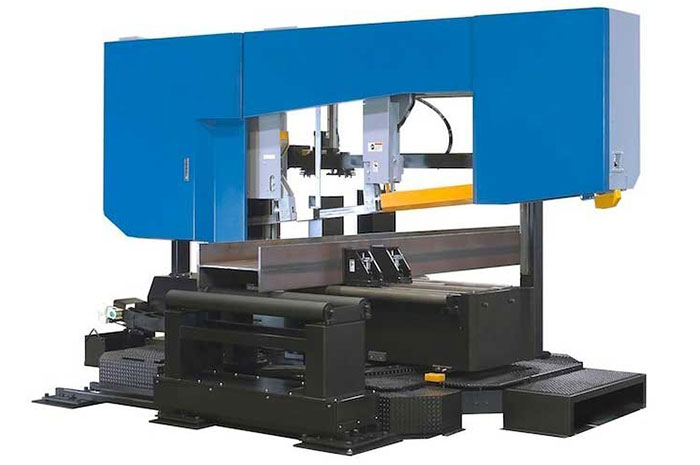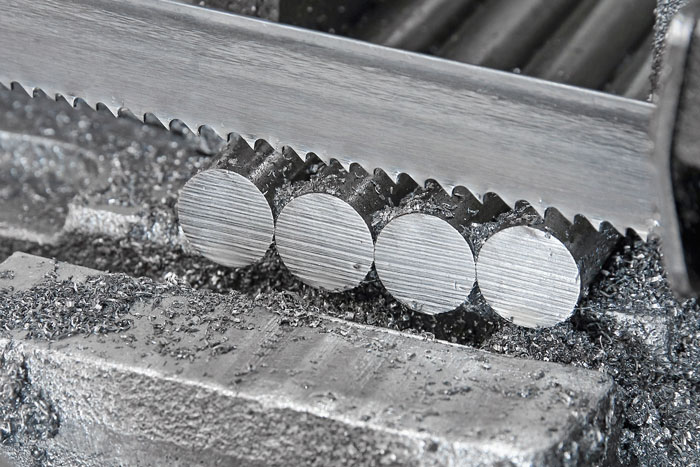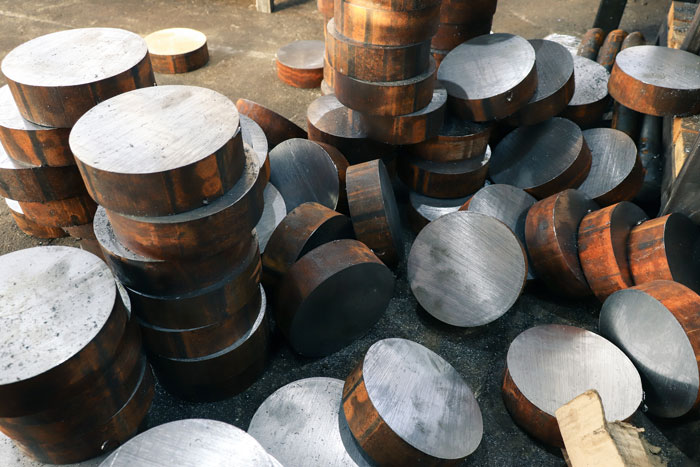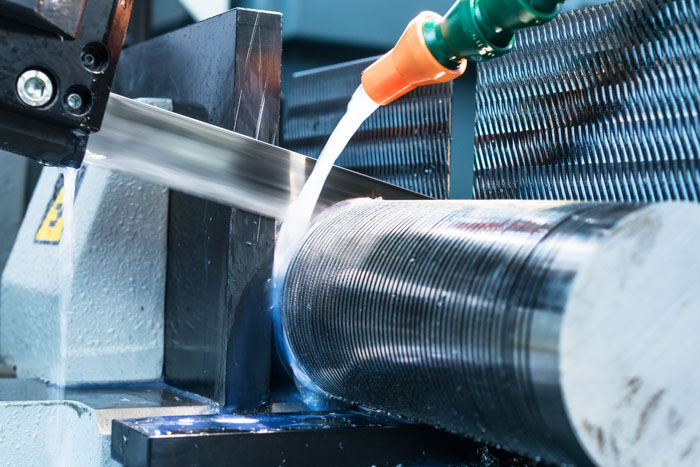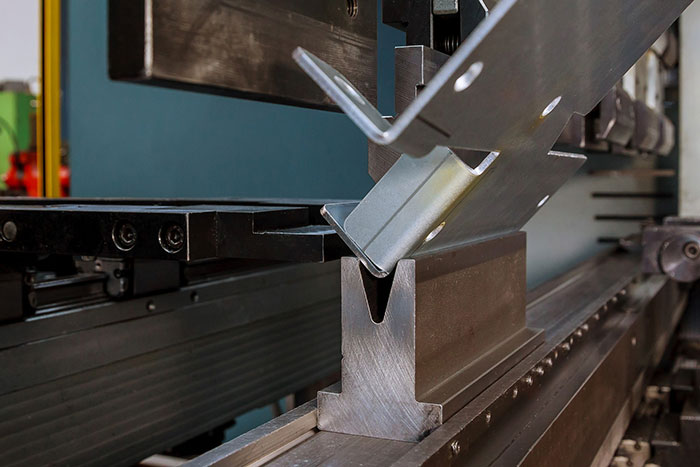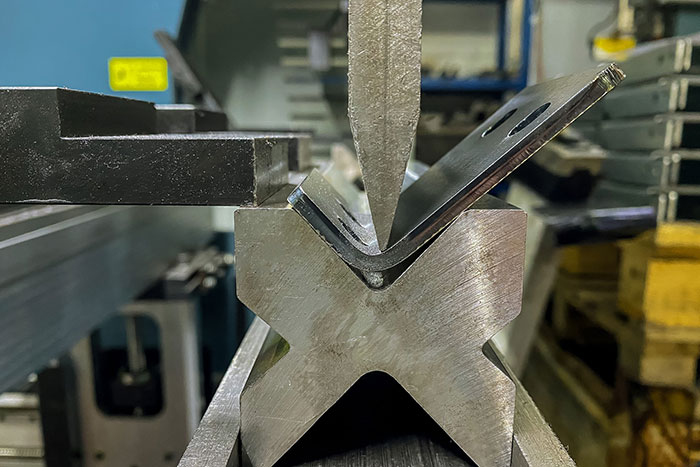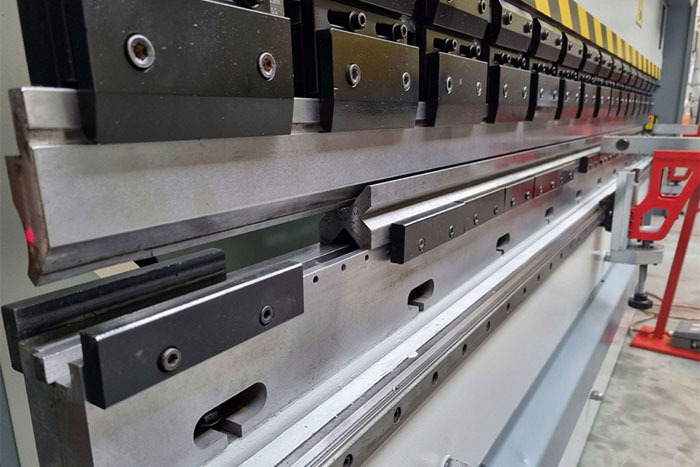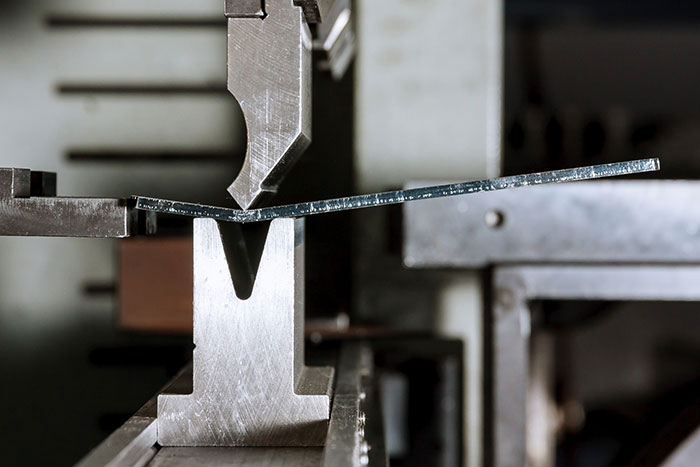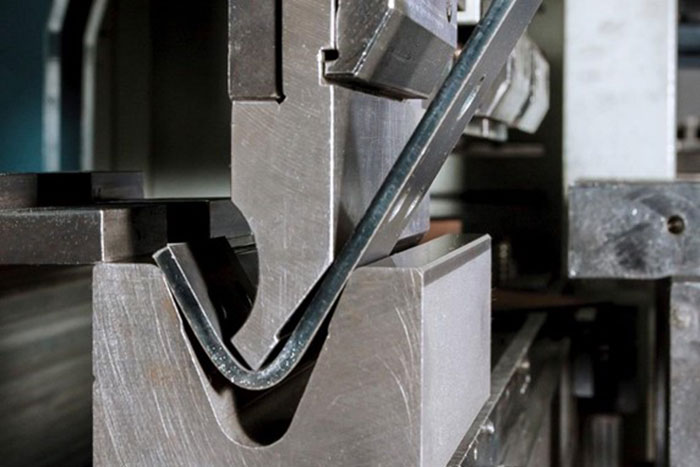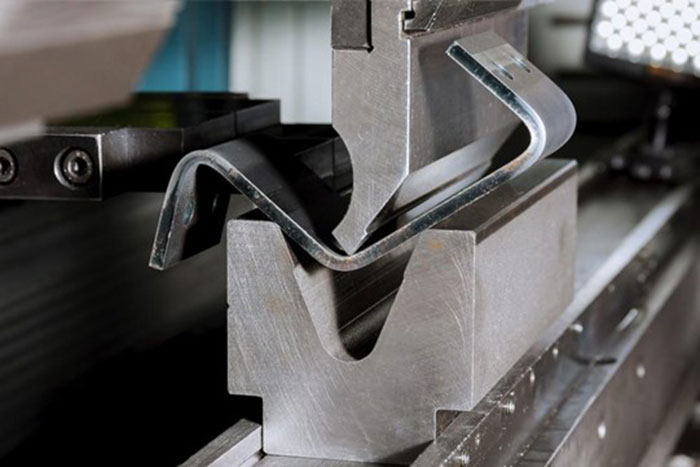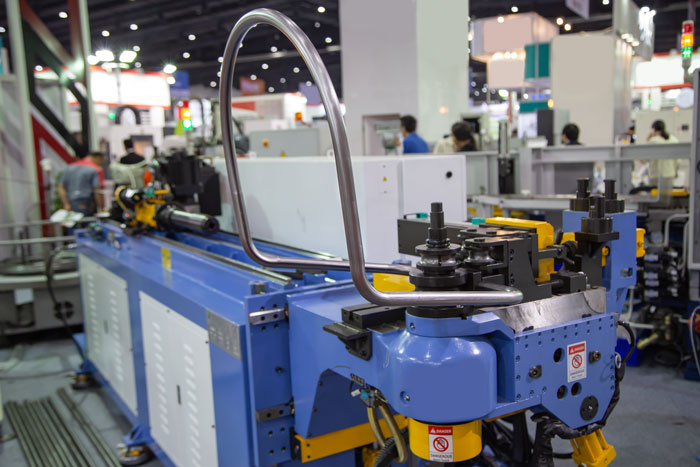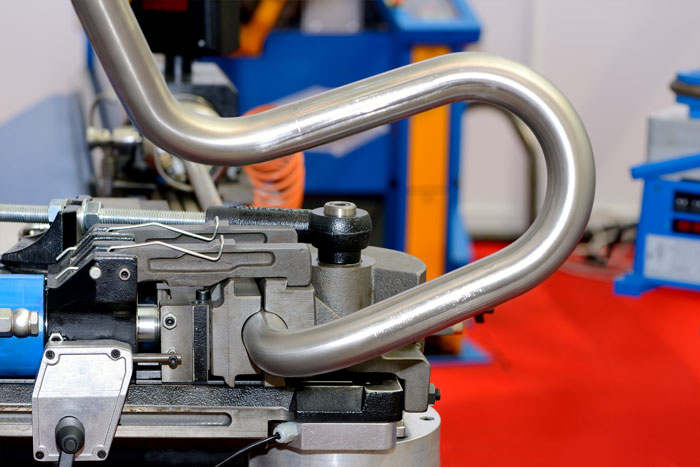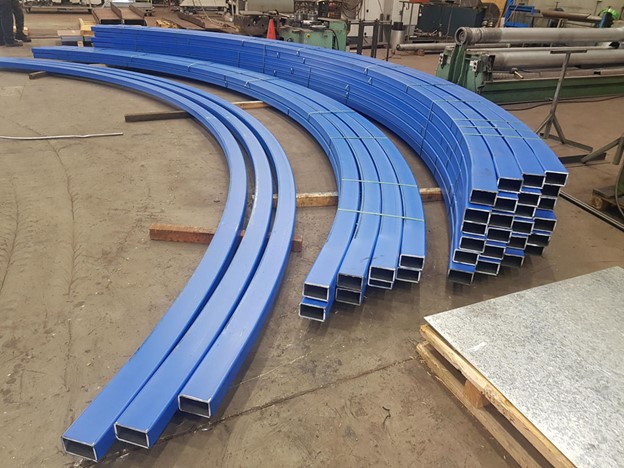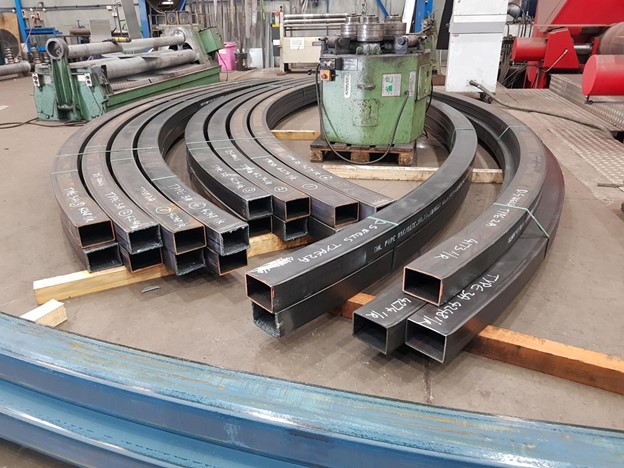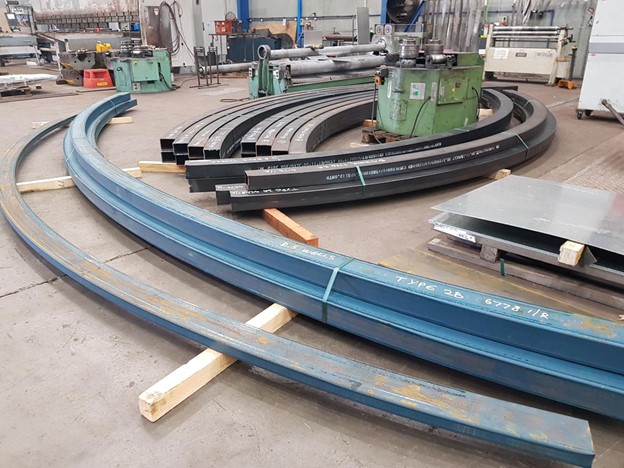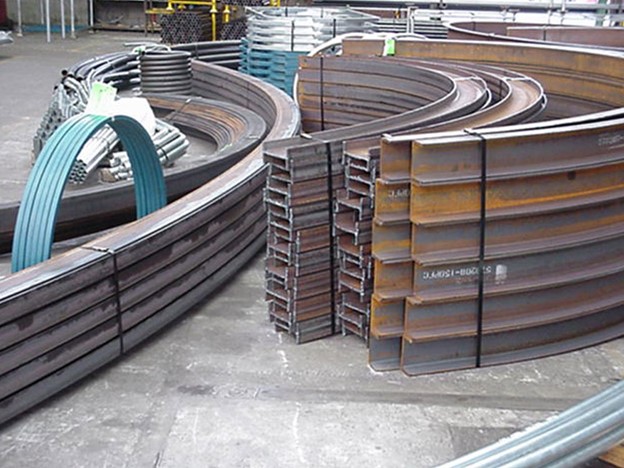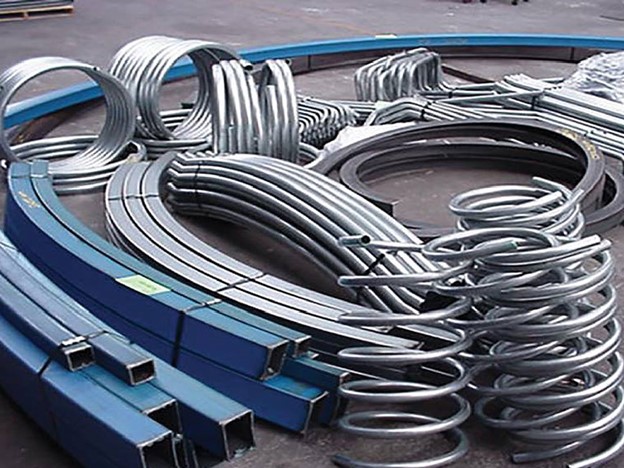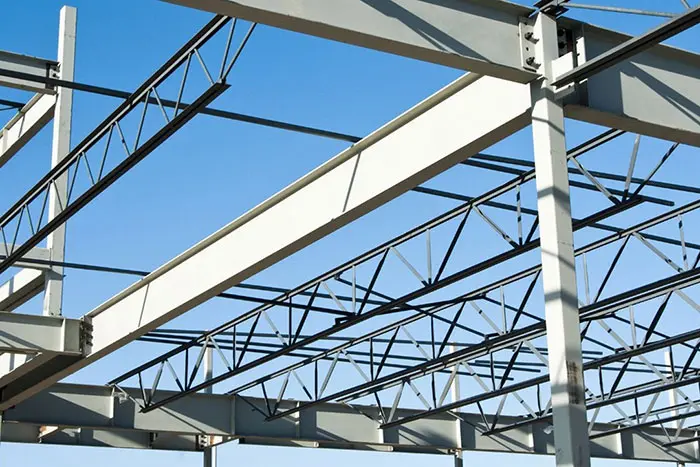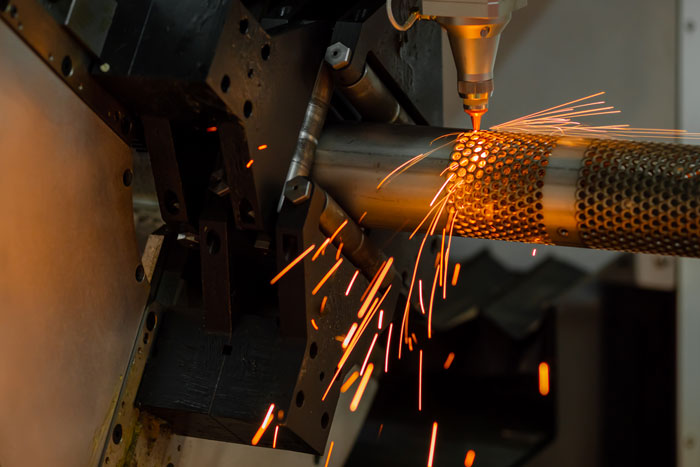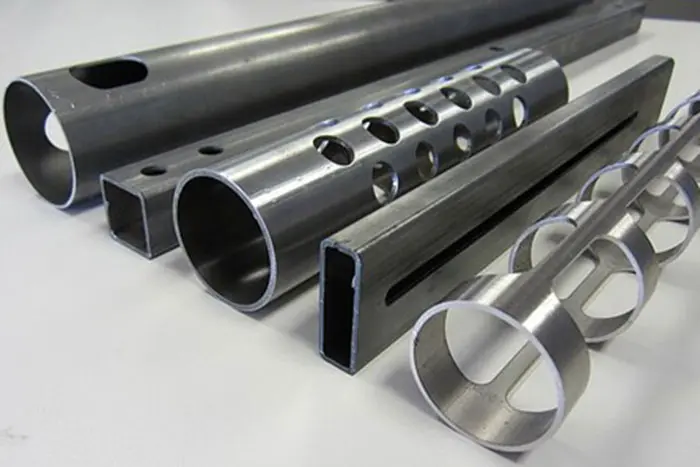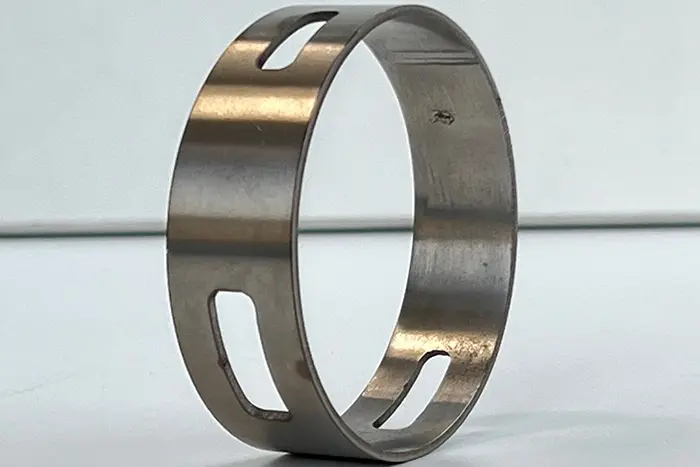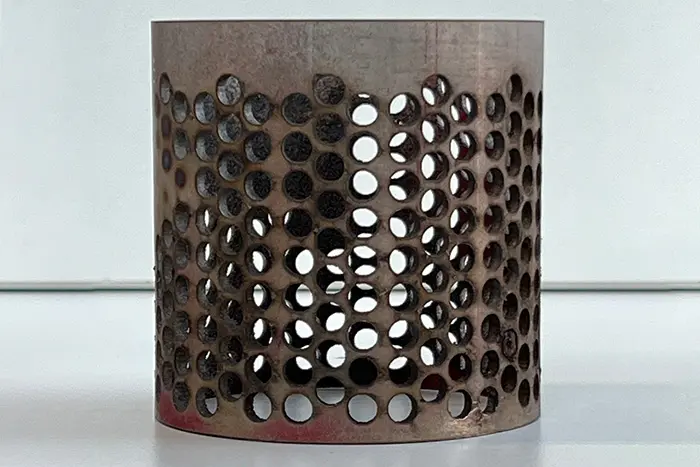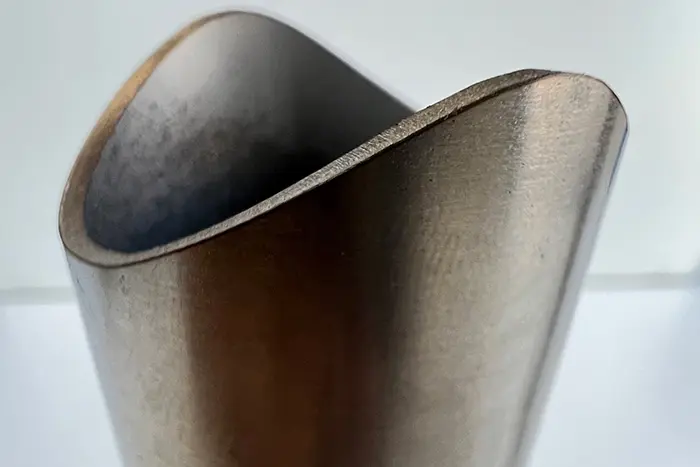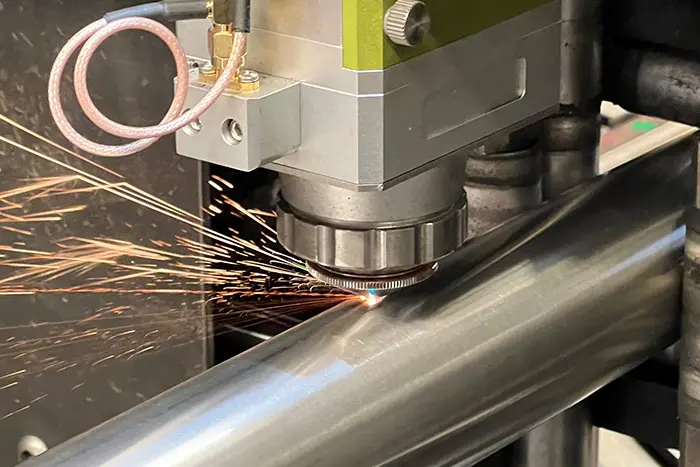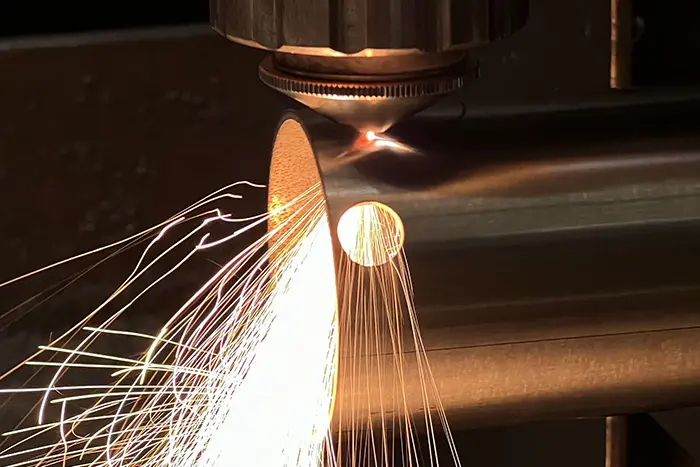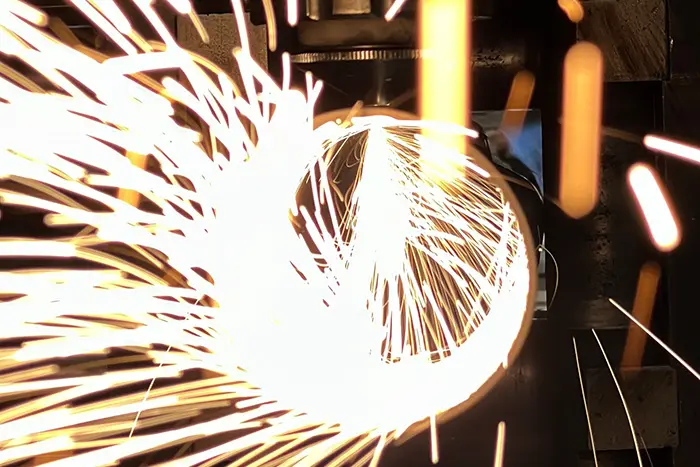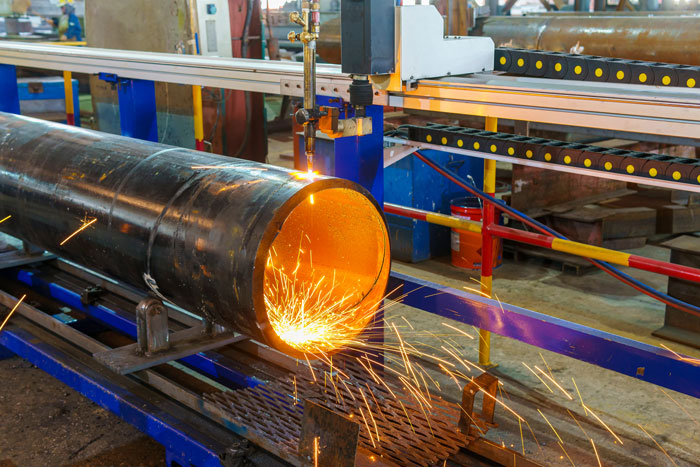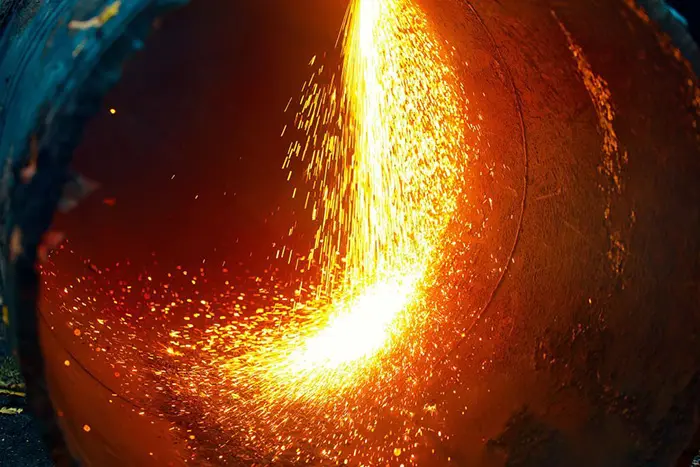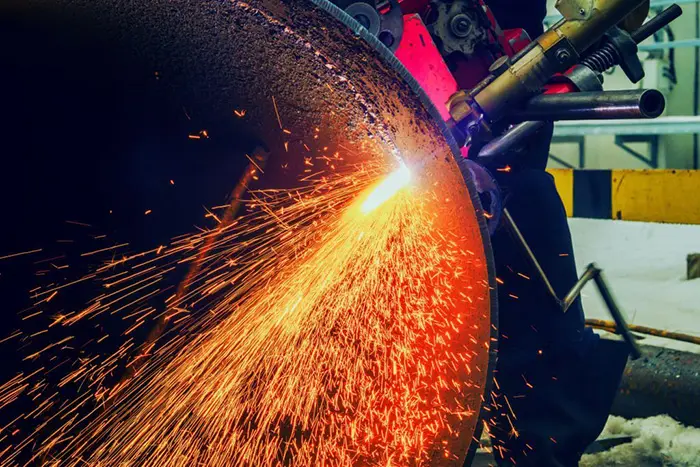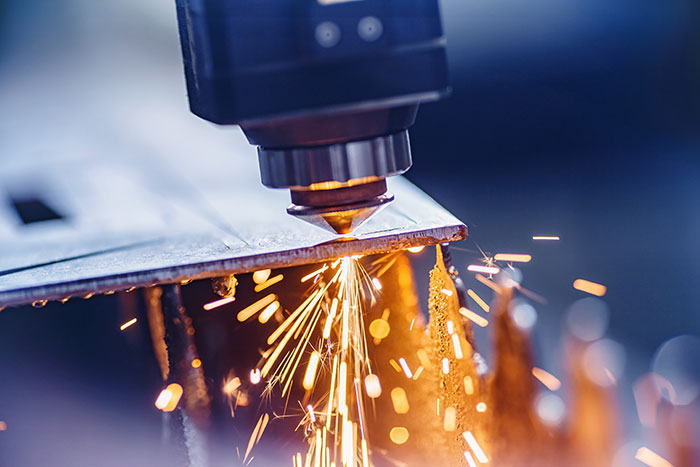Material Selection for Tube Bending: Choosing the Right Material for Successful Projects
When it comes to tube bending, Material Selection for Tube Bending plays a crucial role in determining the success and functionality of the final product. Different materials exhibit unique properties that can significantly impact the bending process, the overall quality of the bend, and the performance of the bent tube. In this article, we will delve into the importance of material selection in tube bending projects, comparing popular materials such as steel, aluminum, copper, and stainless steel. We will explore their properties, advantages, and specific considerations for bending, helping you make informed decisions for your next tube bending project.
Choosing the Right Material for Successful Projects
- Steel: Steel is a widely used material in tube bending due to its exceptional strength and durability. It is available in various grades, each with its own characteristics. Carbon steel, for example, offers excellent weldability and machinability, making it a popular choice for structural applications. Stainless steel, on the other hand, provides superior corrosion resistance, making it suitable for industries such as food processing and medical equipment. Considerations for bending steel include wall thickness, tube diameter, and the need for post-bend treatments such as stress relieving or annealing.
- Aluminum: Material Selection for Tube Bending, Aluminum is a lightweight material known for its excellent corrosion resistance and high strength-to-weight ratio. It is commonly used in industries where weight reduction is critical, such as aerospace and automotive applications. Aluminum tubes are relatively easy to bend due to their lower strength compared to steel. However, aluminum has a lower elongation limit, meaning it is more prone to cracking during bending. Proper tooling and bending techniques, such as using mandrels or internal supports, are essential to achieve successful bends without compromising the integrity of the material.
- Copper: Copper is valued for its exceptional thermal and electrical conductivity, making it a preferred material in industries such as HVAC, plumbing, and electrical systems. Copper tubes are relatively malleable and can be easily bent, even with hand tools. However, care must be taken to avoid over-bending, which can lead to material thinning or collapse. It is important to select the appropriate copper alloy for bending applications, considering factors such as wall thickness, tube diameter, and the specific environment the tube will be exposed to.
- Stainless Steel: Material Selection for Tube Bending, Stainless steel is a versatile material that offers excellent corrosion resistance, high strength, and an attractive aesthetic finish. It is commonly used in applications where hygiene, durability, and aesthetic appeal are essential, such as in the food and beverage industry or architectural projects. Stainless steel tubes are generally more challenging to bend compared to other materials due to their higher strength and lower elongation limits. Proper tooling, lubrication, and bending techniques are crucial to achieving precise bends without deforming the material or inducing stress cracks.
- Environmental Factors: Assess the environmental conditions in which the bent tubes will be used. Factors such as temperature extremes, exposure to chemicals or moisture, and outdoor elements can influence material selection. For instance, stainless steel exhibits excellent resistance to corrosion, making it suitable for outdoor applications or environments with high humidity or chemical exposure.
- Fabrication and Joining Methods: Material Selection for Tube Bending, Consider the fabrication and joining methods that will be employed after the bending process. Some materials may be more compatible with certain welding or joining techniques. For instance, aluminum is commonly welded using TIG or MIG methods, while stainless steel can be welded using various techniques such as TIG or laser welding.
- Regulatory and Industry Standards: Material Selection for Tube Bending, Ensure compliance with relevant regulatory and industry standards when selecting materials for specific applications. Industries such as automotive, aerospace, or medical devices may have specific material requirements to meet safety, performance, or regulatory standards.
- Testing and Validation: Material Selection for Tube Bending, Conduct testing and validation procedures to verify the suitability and performance of the chosen material for the intended application. This may involve destructive or non-destructive testing methods to assess factors such as bending strength, dimensional accuracy, or material integrity.
- Material Availability and Lead Times: Consider the availability and lead times of the selected materials. Some materials may be readily available, while others may require longer lead times or may be subject to availability constraints. Planning ahead and coordinating with suppliers will ensure a smooth and timely project execution.
- Consult with Experts: Material Selection for Tube Bending, When in doubt or faced with complex material selection decisions, consult with industry experts, material suppliers, or engineering professionals. Their expertise and knowledge can provide valuable insights and help you make informed decisions based on your specific project requirements.
Considerations for Material Selection
- Application Requirements: Consider the specific requirements of your application, such as mechanical strength, corrosion resistance, conductivity, or aesthetics. Each material has its own set of properties that make it suitable for different applications.
- Tube Diameter and Wall Thickness: Material Selection for Tube Bending, Evaluate the diameter and wall thickness of the tube to ensure the selected material can be successfully bent without compromising its structural integrity. Thicker-walled tubes may require more robust bending equipment and tooling.
- Tooling Compatibility: Material Selection for Tube Bending, Consider the compatibility of the material with the available bending tools and equipment. Certain materials may require specialized tooling, mandrels, or lubrication to achieve accurate and consistent bends.
- Cost Considerations: Take into account the cost of the material, as well as any additional processes or treatments required after bending. Factors such as availability, production volume, and material waste should also be considered.
Material Selection for Tube Bending
In tube bending projects, Material Selection for Tube Bending is essential for achieving accurate, high-quality bends and ensuring the functionality and performance of the final product. Steel, aluminum, copper, and stainless steel each offer unique properties and advantages that cater to different applications and industries. By considering the specific requirements, tube dimensions, tooling compatibility, and cost considerations, you can make informed decisions when selecting the most suitable material for your tube bending project. Remember to consult with experts and suppliers to gain valuable insights and ensure optimal results in your tube bending endeavors.

